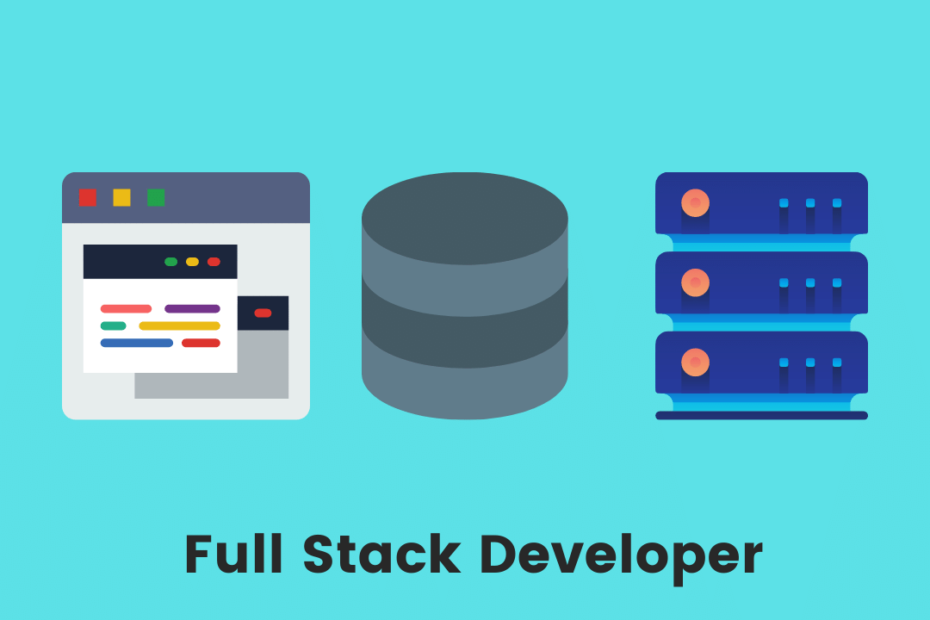There are a lot of oppurtunities for Full Stack developers. But before we start, let’s see the role of a Full Stack developer. As the web evolved new technologies like cloud computing and web apps have revolutionized everything. And the web is divided into
- Front End – mostly contains the visible parts of the web
- Back End – deals with database and server-side software
- Full Stack – a mix of both client and server-side development
Front End
Comprises of mostly what we see, the design, look and feel of the web. Entirely focused on the presentation and user experience. We use HTML, CSS, and JavaScript but, and some modern frontend frameworks like Bootstrap, JQUERY, Angular, React, and some other technologies include GULP, REDUXm GraphQL, and many more.
Back End
The Backend part deals with data-processing and the database. It takes place on the server-side and needs a powerful execution language, operating system, DBMS [Database Management System]. Some popular tech-stack includes C++, Python, ASP, Java, PHP, NodeJS, ExpressJS, SQL, MongoDB, Firebase, PASS, GO.
The power of Full Stack
A full-stack developer alone completes a web-application from the root to the top. Many argue full-stack as Jack of all trades, master of none. Everyone has their own opinion.
Full Stack can be extended to mobile stack and native stack i.e applications can also be specifically designed for certain platforms and devices. Some of the famous stacks are:
- Django stack: JavaScript – Python – Django – MySQL
- LEMP stack: JavaScript – Linux – Nginx – MySQL – PHP
- LAMP stack: JavaScript – Linux – Apache – MySQL – PHP
- MERN stack: JavaScript – MongoDB – Express – ReactJS – Node.js
- MEAN stack: JavaScript – MongoDB – Express – AngularJS – Node.js
Prequisites
- Version Control [git, much needed]
- How an Operating System Works [preferred Linux]
- Database Management System and how queries work?
- Learn to use a frontend framework like [React, Vue, Angular]
- Powerful server-side Language they say [Go, RUST] are the future
- UI and UX [User Interface, User Experience] for the frontend and
- Security Knowledge and best practices will be an added advantage
What can we build with Full Stack?
Some of the popular projects include,
- A Social media app like Facebook, Instagram
- A multi-platform mobile app like Whatsapp
- Cloud apps like Gmail and SASS [Software as a Service]
Advantages
- Rapid prototyping may be the fastest
- Increasing demand, [the web never dies]
- Cost reduction with multi-platform development
- Expertise in several technologies and frameworks
- Flexibility to work on the front end, back end or both
Disadvantages
- Complex and can be overwhelming, full-stack can be a lot of work.
- Takes a lot of time, patience, practice, projects, and effort but you can definitely demand higher payroll.
- You need to stay flexible with your stack, sticking to just some technologies and frameworks is not recommended it seems
References and resources to learn
Learn complete Full Stack Development from scratch for FREE at FreeCodeCamp they offer 3000 hours, 6 track course. They teach you everything about Full-Stack web development with real-world projects, at FreeCodeCamp.org
The Complete Web Development Roadmap is a popular roadmap repository by Kamran Ahmed, you might wanna take a look at it once. I wrote this article when I was looking for resources and learning what is full stack web development. Feedback and suggestions are welcome.
